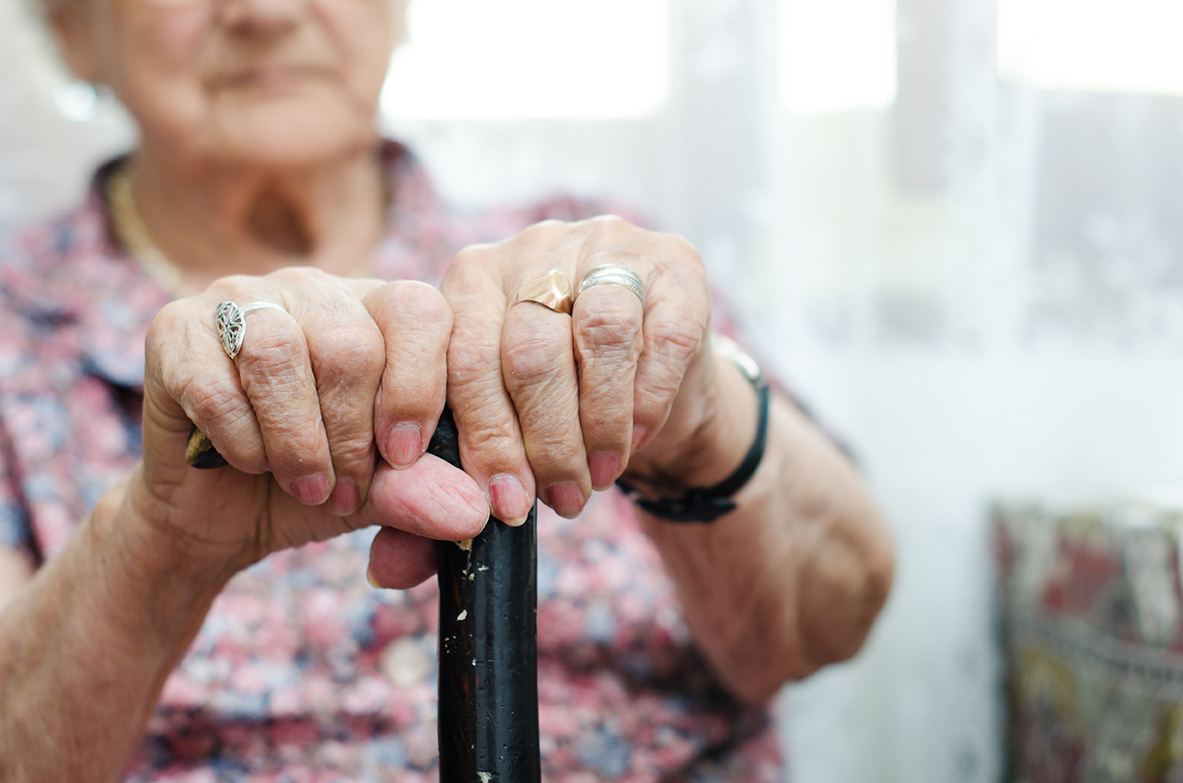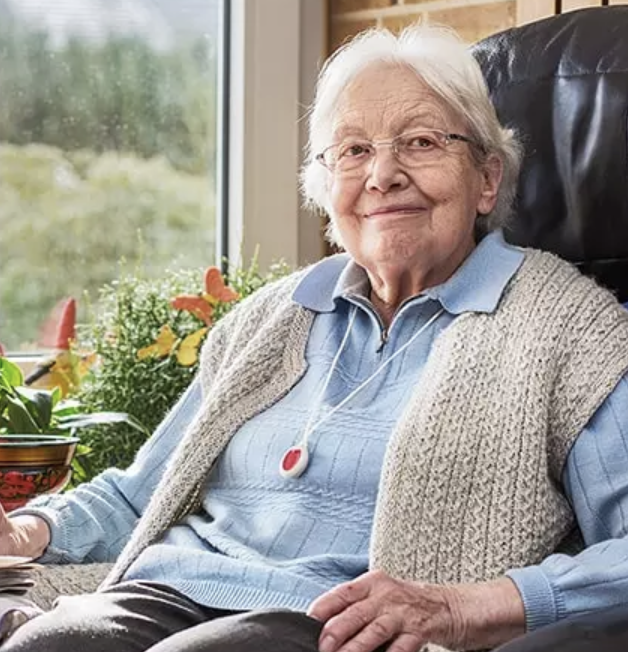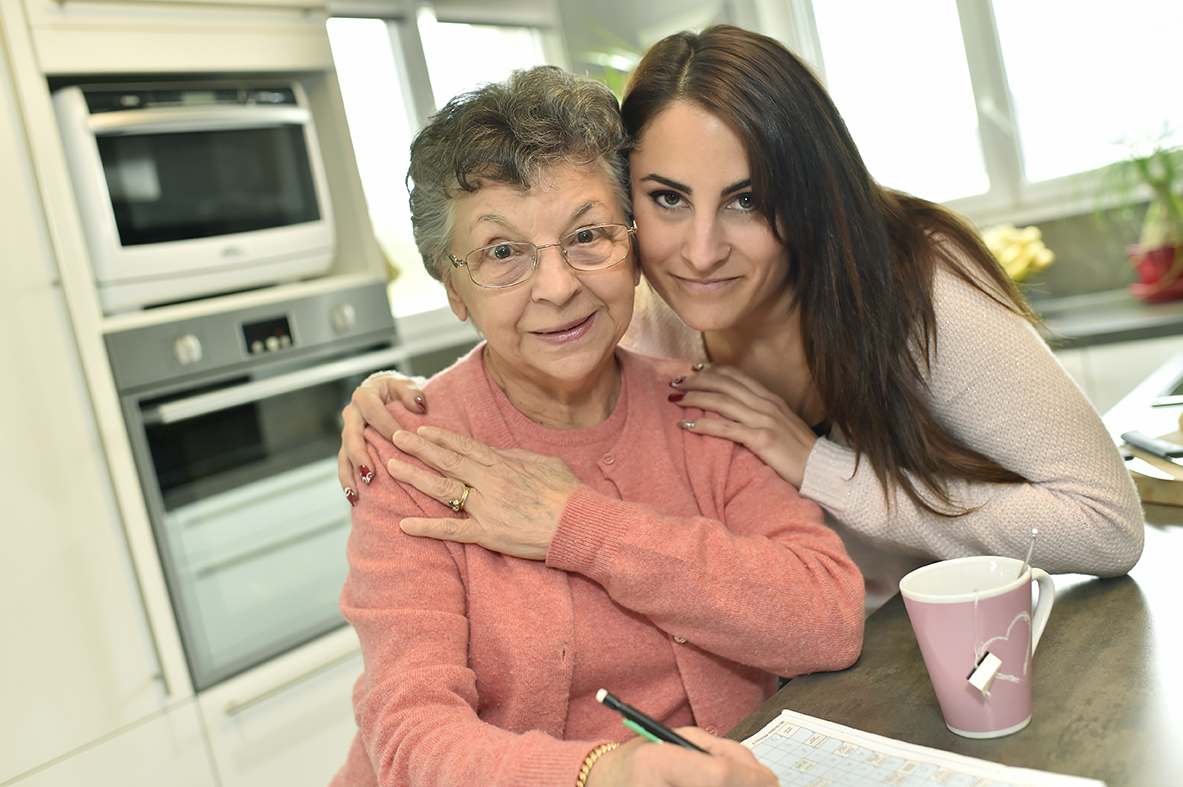
Pulmonary fibrosis is a debilitating lung condition that affects millions of people worldwide. It's a progressive disease characterized by the scarring of lung tissue, which leads to reduced lung function and a myriad of challenges for those living with the condition. In this article, we will explore what pulmonary fibrosis is, its causes, symptoms, and the impact it has on individuals and their families.
Pulmonary fibrosis encompasses a group of interstitial lung diseases characterized by scarring or fibrosis of lung tissue. This article delves into the intricacies of pulmonary fibrosis, exploring its causes, symptoms, and management strategies to empower individuals grappling with this chronic lung condition.
Causes and risk factors:
Find YOUR ideal care home NOW!
While the exact cause of pulmonary fibrosis often remains elusive, several factors contribute to its development:
1. Environmental factors: Exposure to dust, asbestos, and certain chemicals can lead to lung scarring.
2. Genetic factors: Some forms of pulmonary fibrosis have a hereditary component.
3. Autoimmune diseases: Conditions like rheumatoid arthritis and scleroderma elevate the risk.
4. Medications: Certain drugs, including chemotherapy agents, may cause lung damage.
5. Viral infections: Respiratory viruses can trigger inflammation and scarring in the lungs.
Symptoms:
Symptoms of pulmonary fibrosis manifest gradually and may include:
| Symptom | Description |
|---|---|
| Shortness of Breath | Progressive difficulty breathing, especially during physical activity. |
| Chronic Dry Cough | A persistent cough that does not produce mucus. |
| Fatigue | Decreased energy levels due to reduced oxygen intake. |
| Clubbing of Fingers and Toes | Abnormal shaping of the fingers and toes, which may occur in some cases. |
Living with pulmonary fibrosis:
Pulmonary fibrosis is a chronic, incurable condition, but various treatments aim to manage symptoms and improve quality of life:
1. Medications: Drugs may help alleviate symptoms and slow disease progression.
2. Pulmonary rehabilitation: Exercise and education programs enhance physical capacity and symptom management.
3. Oxygen therapy: Supplemental oxygen aids in maintaining adequate oxygen levels.
4. Lung transplantation: For severe cases, transplantation may be considered.
Coping with pulmonary fibrosis requires emotional support and understanding. Support groups and counseling offer valuable assistance to patients and their families in navigating the challenges of living with this condition.
Pulmonary fibrosis presents significant challenges to respiratory health and overall well-being. Although there is no cure, proactive management strategies enable individuals to maintain a fulfilling life despite the constraints imposed by this chronic lung condition. Early diagnosis, comprehensive treatment plans, and emotional support play pivotal roles in empowering individuals to effectively manage pulmonary fibrosis and optimize their quality of life.
FAQ:
What is pulmonary fibrosis?
Pulmonary fibrosis is a group of lung diseases characterized by the scarring of lung tissue. It affects breathing by reducing the lung's ability to take in oxygen and can significantly impact overall health.
What causes pulmonary fibrosis?
The causes of pulmonary fibrosis can include environmental factors (such as exposure to asbestos or chemicals), genetic factors, autoimmune diseases (like rheumatoid arthritis), certain medications, and viral infections.
What are the symptoms of pulmonary fibrosis?
Common symptoms include shortness of breath, chronic dry cough, fatigue, and clubbing of the fingers and toes. Symptoms generally worsen over time.
How is pulmonary fibrosis diagnosed?
Pulmonary fibrosis is diagnosed through a combination of medical history review, physical examinations, lung function tests, chest X-rays, and CT scans. In some cases, a lung biopsy may be necessary.
What are the treatment options for pulmonary fibrosis?
While there is no cure, treatments focus on managing symptoms and slowing disease progression. Options include medications, pulmonary rehabilitation, oxygen therapy, and in severe cases, lung transplantation.
How does pulmonary rehabilitation help with pulmonary fibrosis?
Pulmonary rehabilitation programs combine exercise, breathing techniques, and education to help improve physical capacity, reduce symptoms, and enhance the quality of life for those with pulmonary fibrosis.
Can pulmonary fibrosis be prevented?
While some forms of pulmonary fibrosis are genetic or caused by unavoidable factors, minimizing exposure to environmental irritants, quitting smoking, and managing underlying health conditions can help reduce the risk.
Is there a cure for pulmonary fibrosis?
Currently, there is no cure for pulmonary fibrosis. However, early diagnosis and comprehensive management can help slow disease progression and improve quality of life.
What role does oxygen therapy play in managing pulmonary fibrosis?
Oxygen therapy helps maintain adequate oxygen levels in the body, which can improve breathing and reduce fatigue for individuals with pulmonary fibrosis.
How can I cope emotionally with pulmonary fibrosis?
Coping with pulmonary fibrosis can be challenging. Support groups, counseling, and maintaining a strong support network are important for managing the emotional and psychological aspects of living with this condition.
For assistance in selecting a care home or facility tailored to your needs, please contact us at 0230 608 0055 or complete our online form.
Do you need a care home for yourself or your loved one?
Share this article :
Latest posts
You are looking for an establishment for your loved one ?
Get availability & prices
Fill in this form and receive
all the essential information
We would like to inform you of the existence of the opposition list for telephone canvassing.









